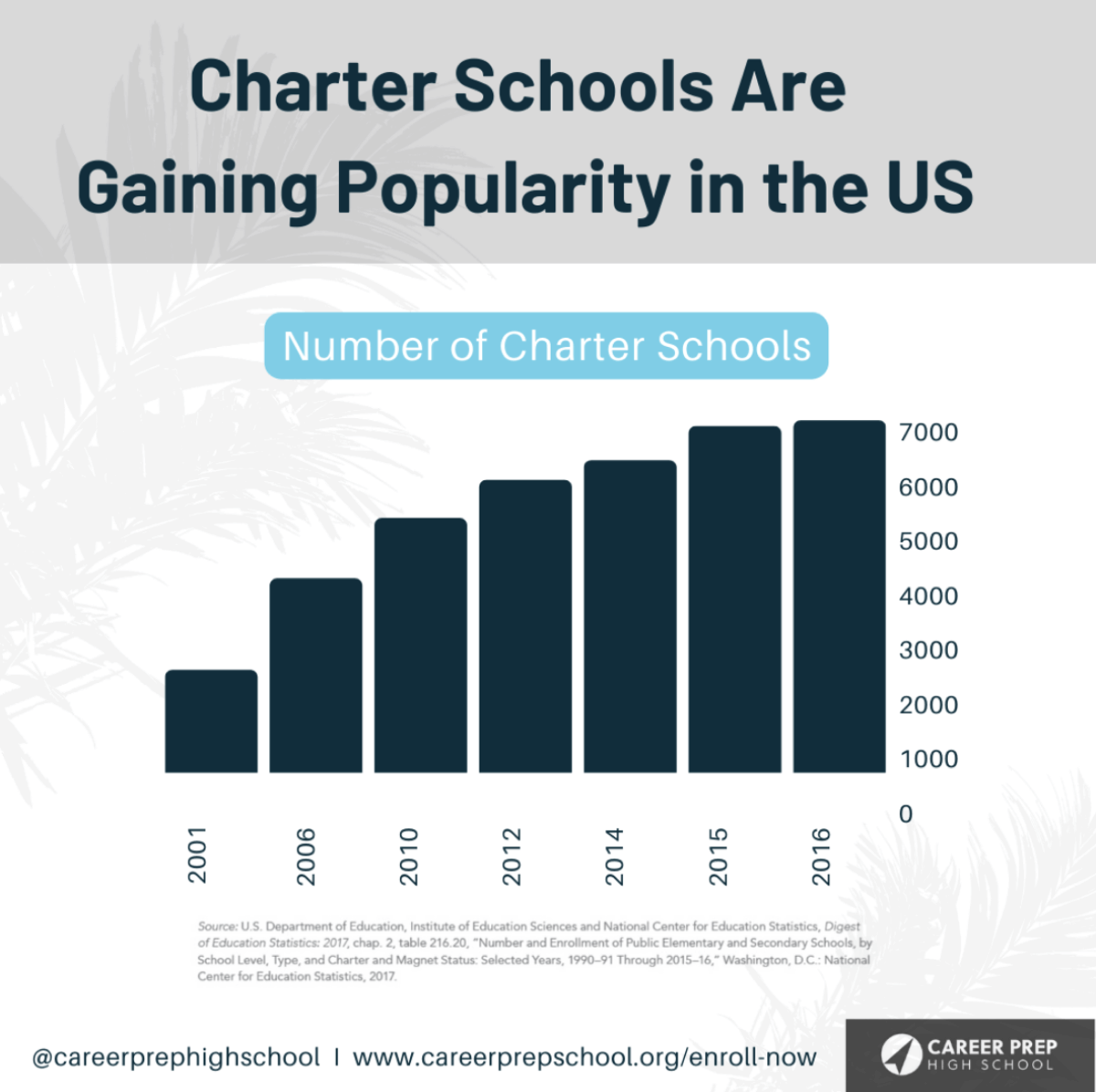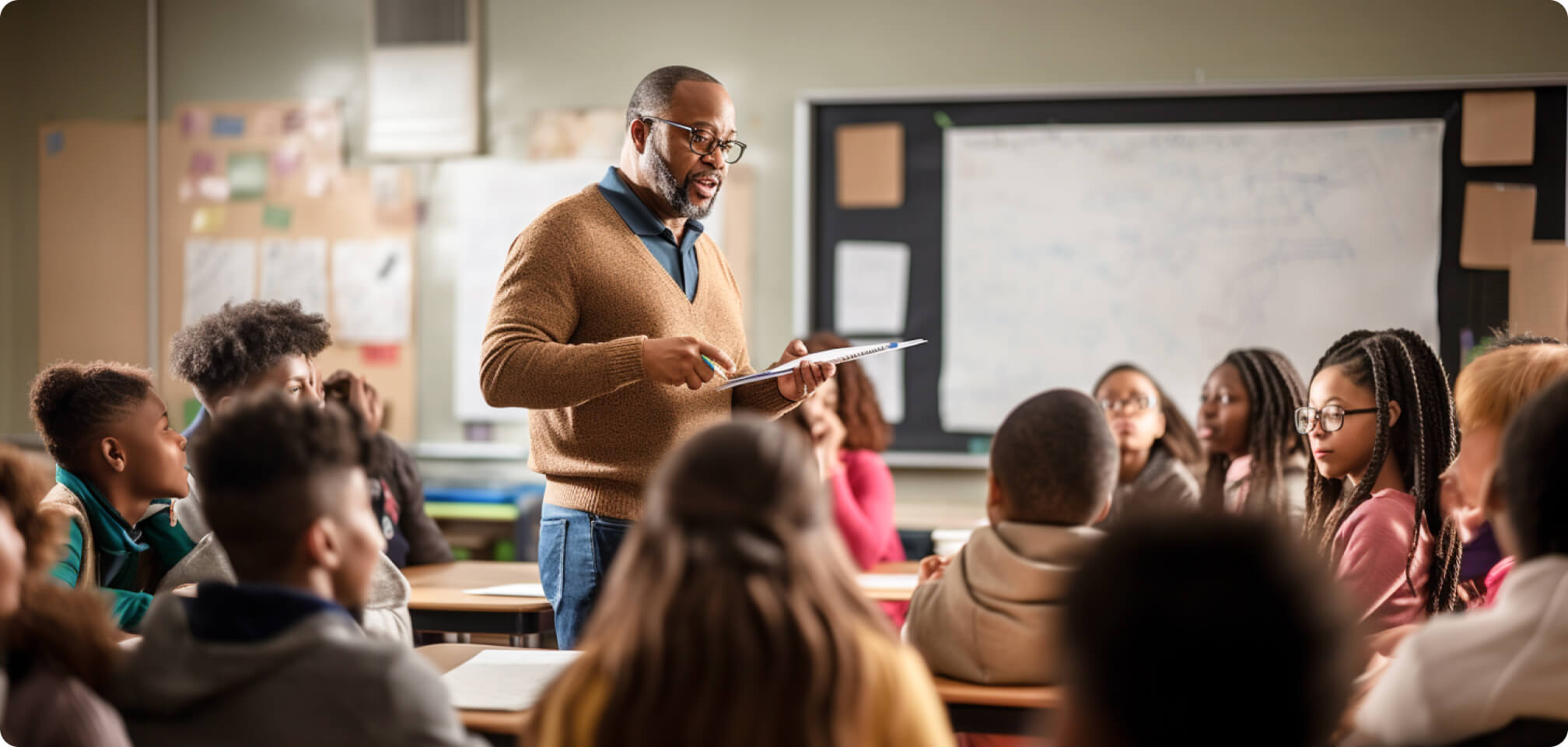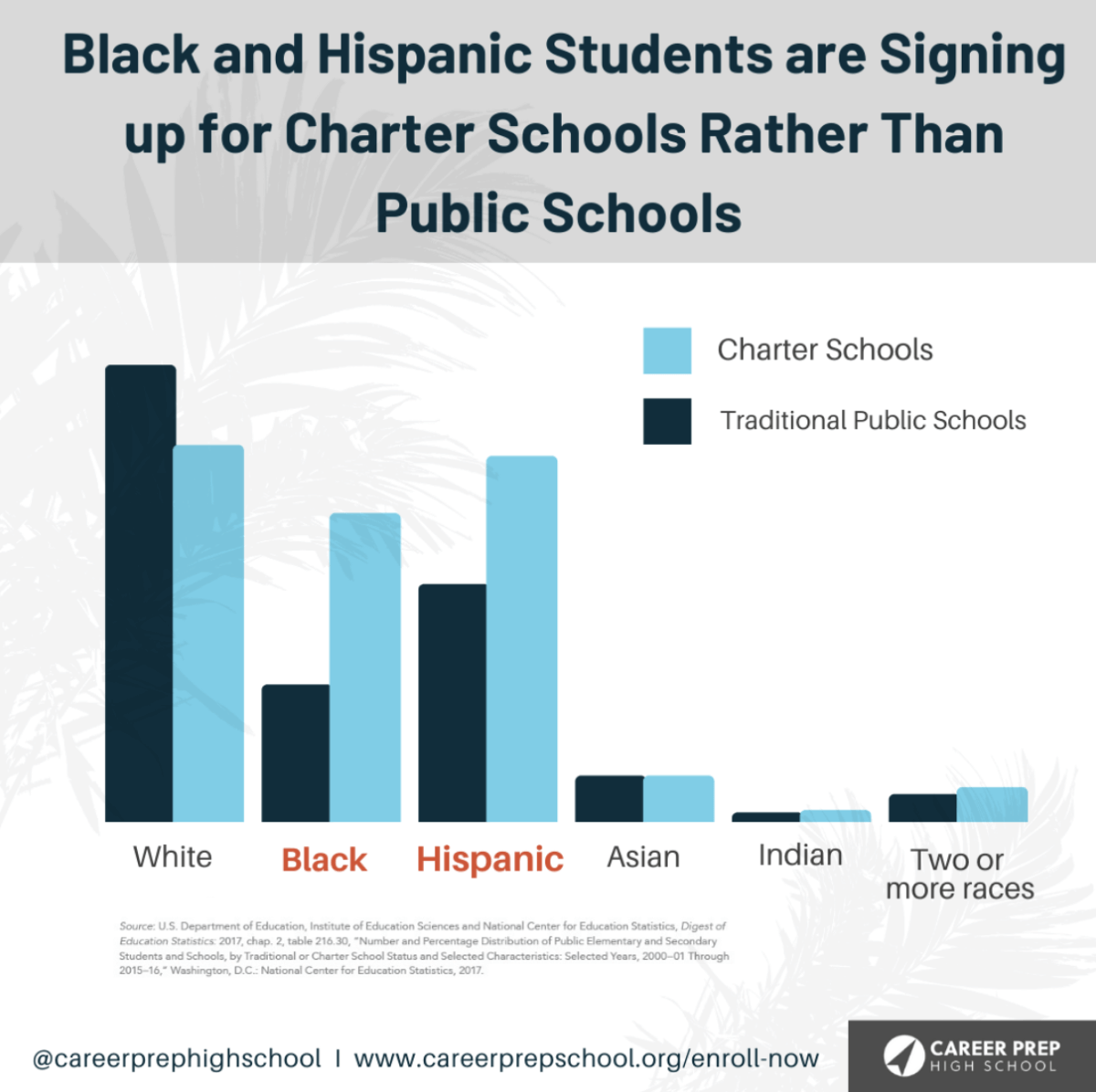

Not so long ago, parents who depended on the public education system didn't have many choices about where their kids could study. However, the emergence of charter schools transformed the educational landscape, offering alternatives even for those who couldn’t or didn’t want to opt for private education.
What Is The Difference Between Charter And Public Schools
In recent years, conversations around the U.S. education system have taken center stage. Amidst the various perspectives and theories on how best to educate America's youth, two major players emerge: public schools and charter schools. Both entities are foundational pillars in the vast landscape of American education, yet they serve students in distinct ways. To navigate the intricate web of discussions and debates surrounding these institutions, it is crucial to first understand what they represent and how they operate.
Public Schools
Often, when we think of education, the image that comes to mind is that of the traditional public school. These institutions, funded primarily through state and local taxes, serve as the bedrock of American education. They are governed by school districts and are subject to state education standards. Public schools admit students based on geographical zones and are committed to educating every child in their respective districts, regardless of their abilities or backgrounds. The goal of public education, in its most distilled form, is to provide free, accessible, and quality education to all.
Charter Schools
On the other side of the spectrum lie charter schools— a relatively new entrant in the educational arena. Conceived in the 1990s as an alternative to traditional public schools, charters offer a different approach to education. While they are publicly funded, charter schools operate with more autonomy in terms of curriculum, staffing, and operations. This independence is granted in exchange for increased accountability. They are bound by a charter, or a contract, which outlines their mission, performance goals, and methods of assessment. Unlike public schools, charters do not have a geographical constraint and often admit students through a lottery system.
Career Prep is unique in that we tailor a student's unique experience to their needs, giving them the best chances of graduating and succeeding. We offer flexible timelines to fit the needs of individual students, as we know life can throw unexpected challenges at us all. We know the value of a high school degree, and we offer an adaptable approach to help each one of our students obtain one.
Rapid Growth of Charter Schools
Currently, 44 states, along with the District of Columbia, host charter schools, as noted by the National Alliance for Public Charter Schools, a pro-charter entity. Their appeal has grown notably over the recent past.
From 2009 to 2018, student registration surged from 1.6 million to 3.3 million. During this period, the percentage of charter school students in the public school system jumped from 3% to 7%.
A research piece from the U.S. Department of Education in 2019 observed that eighth graders in both charter and public schools performed similarly in math and English as assessed by the National Assessment of Educational Progress, frequently referred to as "the nation's academic barometer."

Curriculum and Educational Approach
The heart of any educational institution lies in its curriculum and teaching methodology. While both public and charter schools aim to provide students with a comprehensive education, they often adopt different approaches to achieve this objective.
Public School Curriculum
Standardized Curriculum
Public schools operate within the framework set by state and district educational standards. These standards dictate what students should know and be able to do at each grade level, ensuring consistency across schools.
Uniformity and Predictability
One advantage of this standardized approach is that it offers a predictable learning trajectory, allowing students moving between different public schools to generally pick up where they left off.
Limited Flexibility
On the downside, this system can sometimes stifle teacher creativity and innovation. There is less room for educators to adapt the curriculum to the specific needs and interests of their students or to experiment with alternative teaching methods.
Charter School Curriculum
Flexibility and Innovation
Charter schools, with their increased autonomy, have the liberty to design and implement curricula that align with their unique missions and visions.
Tailored Learning
Some charter schools might focus on STEM (Science, Technology, Engineering, Mathematics), while others might prioritize the arts, languages, or experiential learning. This specialization allows them to cater to diverse learning needs and passions.
Innovative Teaching Methods
Charter schools often experiment with novel teaching methodologies. Whether it is project-based learning, blended learning, or other pedagogical innovations, these schools can adapt rapidly to incorporate methods that best serve their student populations.
Accountability and Outcomes
However, this flexibility comes with its own set of challenges. Charter schools are expected to produce certain educational outcomes as defined by their charter. If they fail to meet these expectations, they risk losing their charter and, consequently, their operational rights.
Teacher Qualifications and Professional Development


Behind every successful educational institution lies a dedicated cadre of educators. Their qualifications, training, and continuous development play a pivotal role in shaping the educational outcomes of students. Both public and charter schools prioritize teacher quality, but their approaches and requirements can differ significantly.
Career Prep High School has some of the most impressive and dedicated teachers. We hire teachers who believe in our mission to provide students the academic & life skills needed for post-graduation success by incorporating research-based best practices in an innovative and safe learning environment.
Public Schools Qualifications and Development
Licensing and Training
In public schools, there are generally clear and stringent requirements for teacher qualifications.
Educational Background
Most states mandate that public school teachers possess at least a bachelor's degree, with many also requiring a major in the specific subject they intend to teach or in education itself.
Certification
Prospective teachers must obtain state certification or licensure. This typically involves completing a teacher preparation program, passing a series of exams, and fulfilling student-teaching requirements.
Continuous Professional Development: Once in the system, public school teachers are usually required to engage in ongoing professional development. This ensures they stay updated with the latest teaching methodologies, technologies, and research.
Charter Schools: Flexibility with Requirements
Charter schools, given their autonomous nature, often have more leeway when it comes to hiring practices:


Varied Qualifications
While many charter schools prefer certified teachers, they might, depending on state regulations and the school's charter agreement, hire individuals who have strong subject-matter knowledge but lack formal teaching credentials.
Emphasis on Mission Alignment
Charter schools often emphasize hiring teachers who align with the school's specific mission, philosophy, or pedagogical approach. This can mean that passion, commitment, and fit with the school's culture might sometimes weigh as heavily as formal qualifications.
Professional Development Opportunities
Many charter schools invest heavily in teacher professional development, recognizing the importance of equipping their staff with the tools and strategies they need to succeed in potentially innovative teaching environments.
Balancing Qualifications with Real-World Expertise
The debate over teacher qualifications underscores a broader question in education: What constitutes an effective teacher? While formal qualifications and certifications ensure a baseline of knowledge and pedagogical understanding, real-world expertise and a passion for the subject can also significantly impact student learning. Charter schools, in particular, sometimes leverage this by hiring professionals from industries like science, arts, or business to bring practical insights into the classroom.
Student Demographics and Diversity


In the rich tapestry of the American educational system, diversity plays a pivotal role. Schools, as reflections of society, house a microcosm of the broader community, and their student demographics can offer insightful glimpses into societal dynamics. Both public and charter schools serve diverse populations, but the patterns of this diversity and the challenges and opportunities they present can vary.
Public Schools: The Student Population
Public schools, by their very nature, are designed to serve all students within a given geographical zone.
Reflecting the Community
The demographics of a public school often mirror the local community. In areas with a rich cultural or ethnic diversity, public schools will usually exhibit the same mix.
Equitable Access
Since public schools are obligated to educate every child in their jurisdiction, they tend to have a broad range of students, encompassing various socio-economic backgrounds, abilities, and needs.
Charter Schools: Enrollment and Diversity
Charter schools, with their non-boundary based admissions, present a slightly different picture:
Choice-Based Enrollment
Charter schools generally admit students based on choice, often using a lottery system when demand exceeds available spots. This can lead to varied demographic distributions, sometimes aligning with the broader community and sometimes not.
Specialized Focus
Some charter schools are designed with a specific focus or mission in mind, such as serving low-income students, emphasizing language immersion, or catering to those with specific talents. Such focuses can influence the demographics of the student population.
Controversies and Concerns
Critics often point out that some charter schools may not serve as diverse a population as public schools, either in terms of ethnicity, economic status, or students with special needs. While this is not universally true, it remains a topic of discussion in the education community.
The Importance of Diversity in Education
Diverse classrooms offer myriad benefits:
Richer Learning Experiences: Interacting with peers from various backgrounds provides students with broader perspectives, fostering understanding, empathy, and collaboration.
Preparation for Globalized World: In an increasingly interconnected world, experiences in diverse classrooms better prepare students for global challenges and opportunities.
Addressing Inequities: Diverse schools can become platforms to address educational inequities by ensuring all students, irrespective of their backgrounds, have access to quality education.

While diversity offers numerous benefits, it also presents challenges. Schools must ensure that their curricula are inclusive, teachers are trained to address diverse classrooms, and any disparities in resources or opportunities are addressed proactively. As America's demographic landscape evolves, its schools will continually reflect these changes. The challenge for both public and charter schools will be to embrace this diversity, recognizing it as a strength and harnessing it to provide an enriched, equitable, and inclusive education for all students.